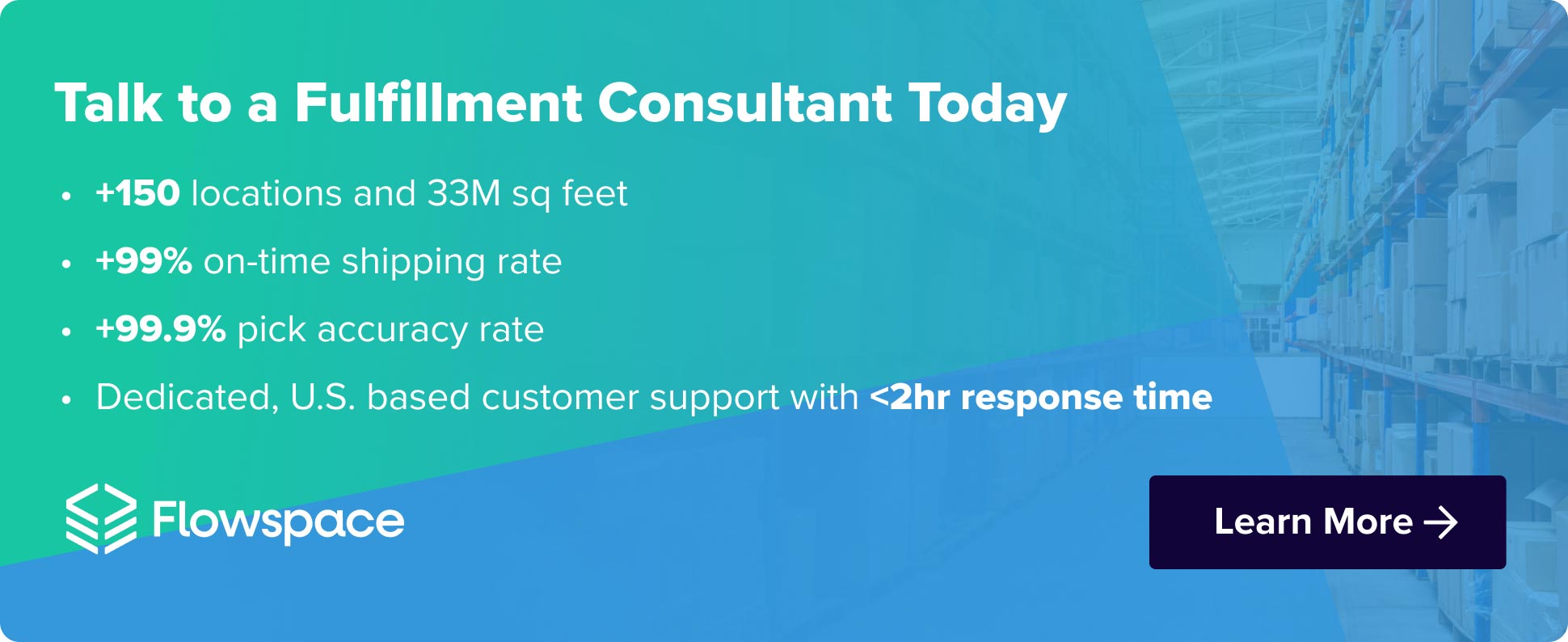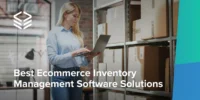
I winced as I read a quote from a merchant in a recent Tier 1 publication: “we’re pretty much back to normal,” they said.
You don’t need a crystal ball to understand that whatever “normal” they may have been referring to is not coming back around – ever again.
And while they may have meant well, they represented the very paradox that supply chain leaders face today: balancing uncertainty in business is a daunting task.
When your brand is growing quickly, how do you ensure you have enough inventory, but not so much that you won’t sell through it?
How much fulfillment capacity do you need today, and how much will you need a few months from now?
What kind of cash reserves should you keep on hand to keep business flowing, and how much should you reinvest for future growth?
An effective supply chain strategy can turn these challenges into opportunities for risk reduction and enhanced efficiency. When executed well, lean supply chain management turns your biggest risk into your biggest strategic advantage.
The Resurgence of Just-In-Time Inventory Management
Recent reports indicate a resurgence of the ‘just-in-time’ (JIT) inventory management strategy among retailers. This approach encourages maintaining just enough stock to fulfill incoming orders, eliminating the costs tied to excess inventory. The shift is occurring as sellers have finally sold through much of the excess stock accumulated during the pandemic.
Financially, this is a best practice. One of the biggest mistakes you can make as a seller of goods is to own inventory that isn’t moving.
But despite its benefits, the JIT strategy also comes with risks, mainly due to the unpredictable nature of supply chains. Any unexpected disruption can significantly impact a seller’s operations.
Leveraging Lean Principles to Navigate Uncertainty
So how does a merchant navigate these uncertainties, while also balancing their business? Lean principles offer a strategic lifeline. These principles emphasize real-time inventory visibility, flexibility, scalability, risk mitigation, and streamlined operations.
Real-Time Inventory Visibility
Real-time inventory visibility is like having a crystal ball, equipping merchants with critical insights that allow them to foresee potential issues and plan accordingly.
In the event of an unexpected disruption – weather knocking one of your key warehouses out of the network; a delay in inbound shipments due to ocean freight setbacks; a worldwide pandemic – real-time visibility empowers sellers to quickly adapt, understanding what inventory is available where and how keep operations moving in spite of the setback.
Agile Network
In the dynamic world of e-commerce, being able to quickly pivot in response to changing market demands and supply chain disruptions is crucial.
A networked logistics model, connected by software, unlocks flexibility at scale. The ability to orchestrate fulfillment across interconnected locations means operations continue running smoothly, regardless of fluctuating demand and fast-turnaround scenarios.
Connectivity and Diversification
We know that an interconnected fulfillment network offers agility. Taking it a step further, a broad network of connections across carriers, partners, and fulfillment locations allows for diversification, which mitigates even more risk.
Enabling diversification with solutions like smart transportation management systems (TMS) that automatically select the best available carrier, businesses can prevent disruptions, avoid costly delays, and maintain their reputation for reliability.
Single, Centralized Point of Control
Who doesn’t appreciate efficiency? Streamlining operations into a single, centralized dashboard is the most efficient way to manage your supply chain.
A centralized point of control simplifies inventory and order management, enables automation of complex processes, and further improves operational efficiency.
Partner with Flowspace to Put Lean Principles Into Practice
Flowspace software and its distributed, nationwide network provide all the tools merchants need to put lean principles into practice.
The OmniFlow software platform provides centralized, real-time visibility into inventory status, availability, and location, empowering you to effectively plan and optimize resources. Connected across a network of 150+ fulfillment centers nationwide, your brand can quickly adjust strategies in response to market demands and supply chain disruptions.
Lean principles serve as a roadmap guiding retailers towards reduced risk and enhanced efficiency. With Flowspace as your partner, you can confidently navigate the complexities of retail and achieve your business goals. Find out more today.







